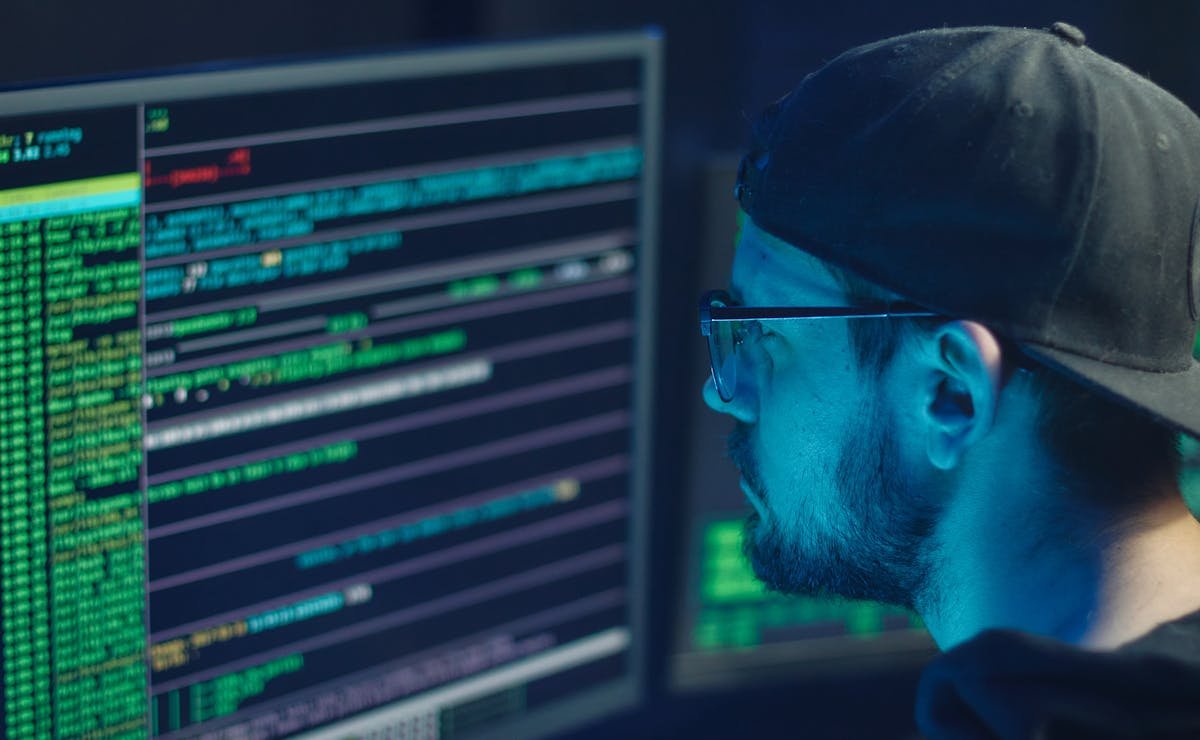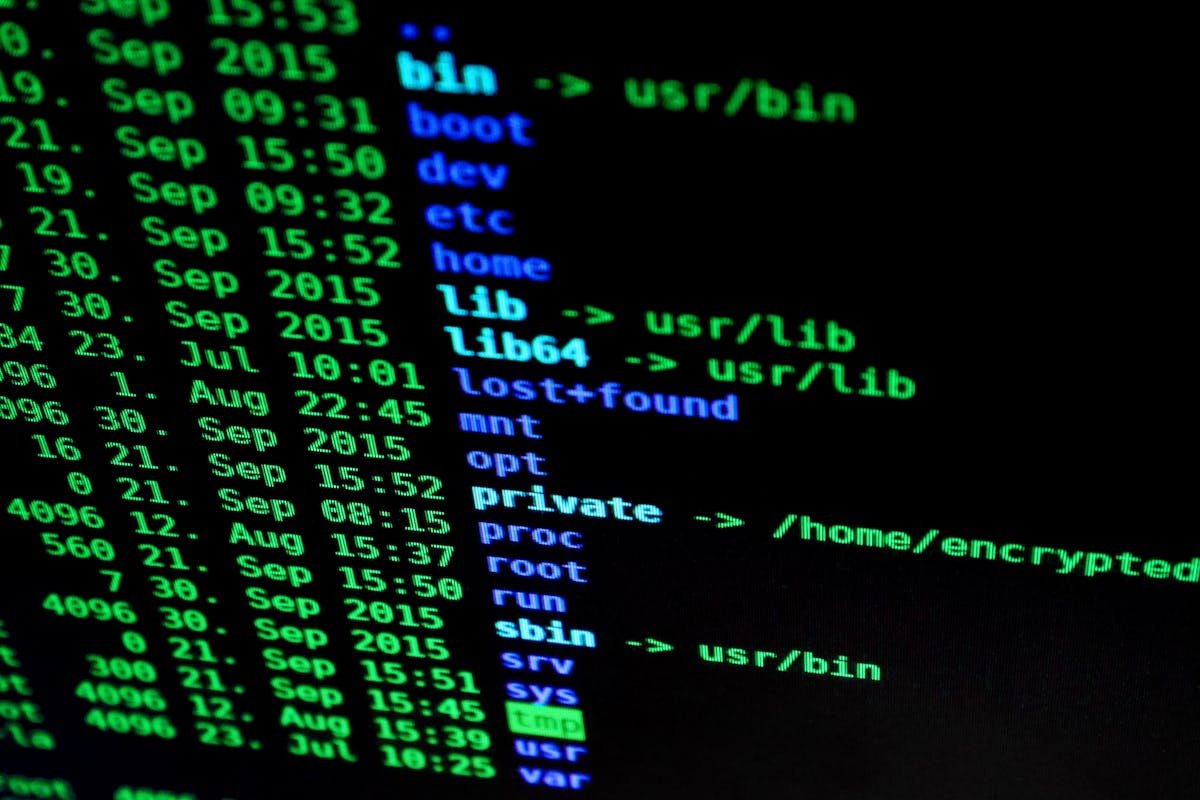Cybersecurity in 2025: Top Threats and How to Protect Yourself
Cybersecurity & Privacy / Date: 05-04-2025

In this article, we’ll explore the top cybersecurity threats predicted for 2025 and the best strategies to keep your data and devices safe.
1. Top Cyber Threats in 2025: Cybersecurity
1.1 Ransomware Becoming More Advanced
Ransomware remains one of the most devastating threats in the world of cybersecurity. This form of attack, which takes control of data and requests a ransom in exchange for its release, has developed very quickly.
In 2025, cybercriminals are employing artificial intelligence (AI) to further enhance attacks.
With AI, they can personalize phishing attacks and identify vulnerable targets more accurately.
Additionally, new techniques such as “ double extortion” and “ransomware-as-a-service” (RaaS) are making these attacks more accessible even to non-technical criminals.
How to protect yourself?
- Make regular backups of your files in safe locations.
- Use updated antivirus and firewalls .
- Do not click on links or open attachments in suspicious emails.
- Enable multi-factor authentication (MFA) on all possible services.
1.2 Deepfakes and Advanced Social Engineering
Deepfakes — videos, audio, and images faked with AI — are being used to deceive people and companies.
By 2025, deepfake-based social engineering has become an even greater threat.
Criminals are using this technology to create fake executives requesting bank transfers, spread disinformation and even compromise biometric-based security systems.
How to protect yourself?
- Be wary of unexpected requests, even if they appear to come from trusted sources.
- Verify people's identities through multiple channels.
- Use deepfake detection solutions in corporate environments.
1.3 Attacks on IoT Devices and Smart Homes

The Internet of Things (IoT) keeps expanding exponentially, with billions of interconnected devices, ranging from virtual assistants to home automation systems. But most of these devices are prone to vulnerabilities that may be targeted by hackers.
IoT attacks can enable criminals to penetrate home and business networks, monitor users, and even shut down critical systems.
How to protect yourself?
- Always keep your devices up to date with the latest security patches .
- Use strong passwords and change default device credentials.
- Separate IoT devices onto a separate Wi-Fi network than computers and mobile phones .
1.4 Cloud Threats and Data Leaks
With the increasing adoption of cloud computing, attacks targeting these services have also increased.
Cloud account hijacking and exploitation of leaked credentials are some of the main threats.
Additionally, man-in-the-middle (MITM) attacks, where criminals intercept communications between users and cloud servers, can compromise sensitive data.
How to protect yourself?
- Use complex and unique passwords for each service.
- Enable multi-factor authentication (MFA) .
- Monitor access to cloud services and trigger alerts for suspicious activity .
- Encrypt files before storing them in the cloud.
1.5 Artificial Intelligence Being Used by Hackers
Artificial intelligence is not only used for defense, but also by cybercriminals.
By 2025, hackers will use AI to automatically identify vulnerabilities, create undetectable malware , and customize phishing attacks based on victim behavior.
How to protect yourself?
- Use AI-based security solutions to detect malicious activity.
- Stay up to date on new trends in cybersecurity .
- Educate employees and end users about AI-based attacks.
2. How to Protect Yourself in the Digital World in 2025?
In addition to specific measures for each threat, there are general practices that can significantly increase digital security.
2.1 Security Updates and Patches
Keep your operating systems, software, and devices updated at all times. Most security vulnerabilities used by hackers have patches that exist, but the attacks occur because users fail to install the updates.
2.2 Using VPNs for Greater Privacy
Virtual private networks ( VPNs ) help protect your information when browsing the internet, especially on public networks.
They encrypt your data, making it difficult for cybercriminals to intercept it.
2.3 Cybersecurity Awareness and Training
The biggest vulnerability in any security system continues to be the human factor.
Training employees and users to identify threats can prevent many attacks before they even happen.
Main points to teach:
- How to recognize phishing emails .
- The importance of not reusing passwords .
- How to identify malicious websites and applications .
2.4 Continuous Monitoring and Rapid Response
Network monitoring and intrusion detection tools are critical to identifying attacks before they cause damage.
Companies must invest in security operations centers (SOC) to react quickly to incidents.
Conclusion: Cybersecurity
2025 cybersecurity demands proactive, multi-angle protection. Threats are mounting, from incredibly advanced ransomware to deepfakes employed by scams, so safeguarding oneself in the virtual world has never been more demanding.
Maintaining updated software, using multifactor authentication, avoiding unsecured public networks, and investing in AI-based security systems are vital measures to lower exposure.
By using information and best practices, individuals and businesses can stay one step ahead of cybercriminals and protect their data in the digital world.
Follow Us
Newsletter
Subscribe to our newsletter to stay updated with our latest news and offers.
We respect your privacy.Trending










